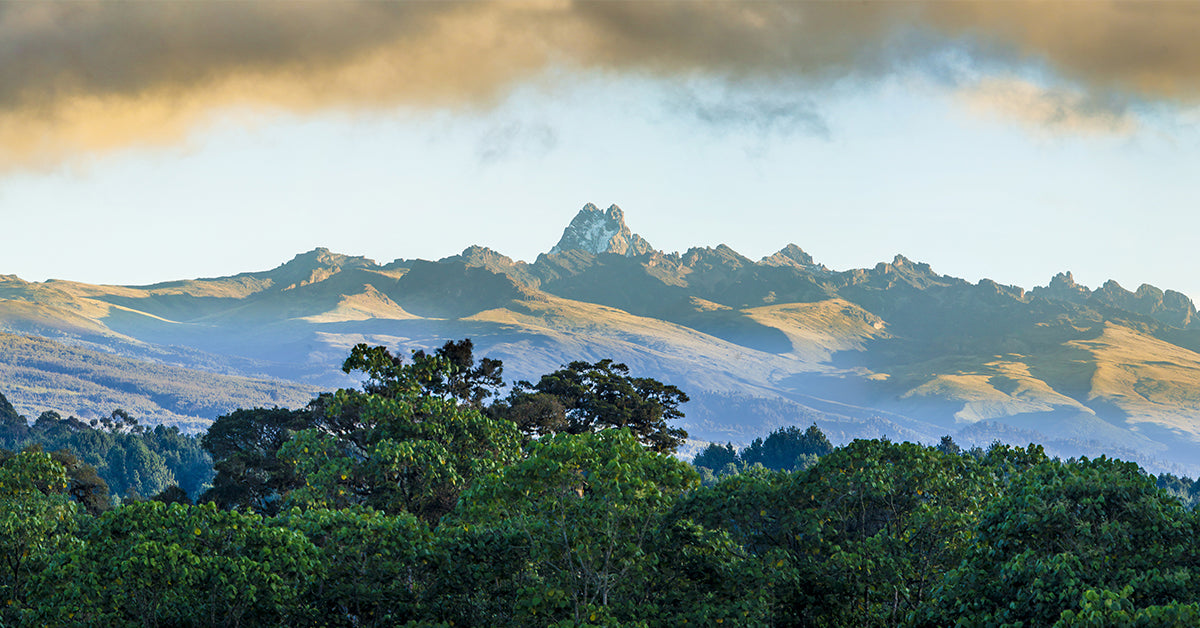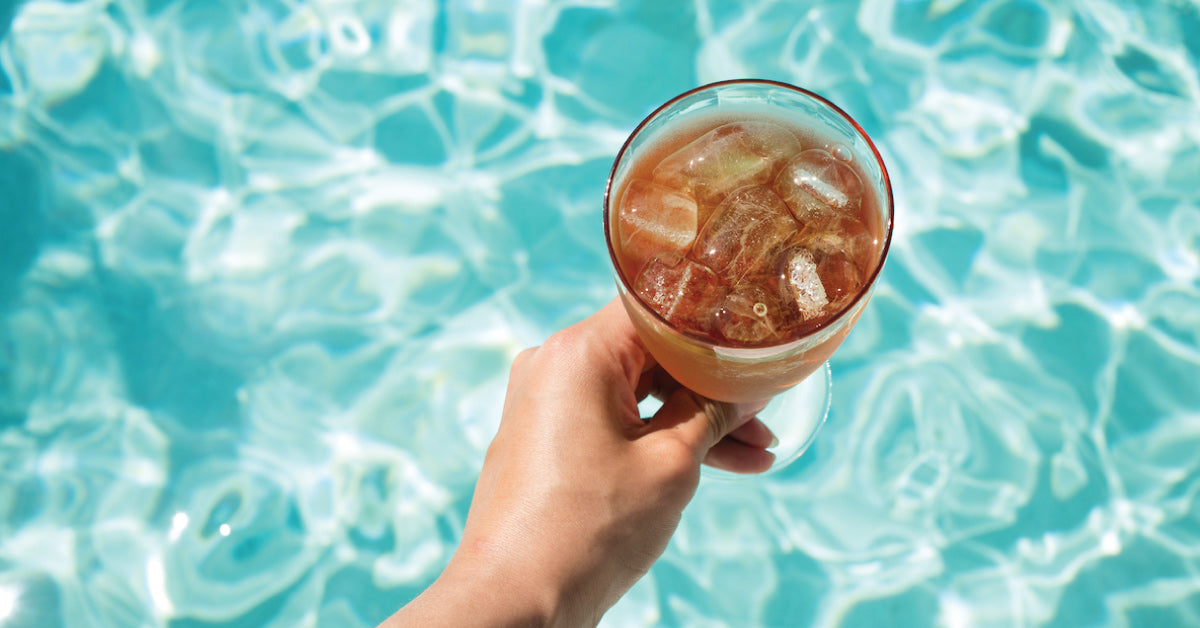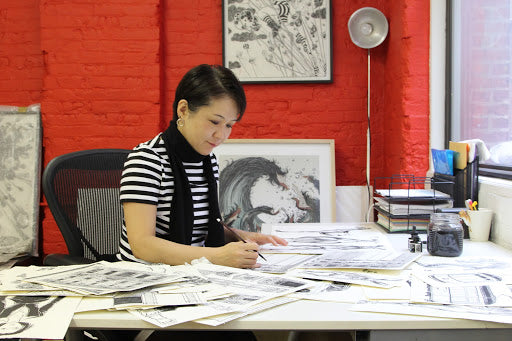Hello, or Hujambo! as you would hear it spoken in Swahili in the warm, soft manner that Kenyans speak. The 27th most populous country in the world and home to some of the most welcoming people you’ll ever meet, Kenya is the fourth largest producer of tea after China, Sri Lanka, and India.
Tea is a big deal in this country. The top foreign exchange earner for the Kenyan economy, most Kenyan tea is grown in the highlands west of the Rift Valley, at high altitudes between 1500 to 2700 meters, or 5000 to 8800 feet. There, tea thrives in the cool air, peaking during the February dry season.

Kenyan Tea Origins
Kenyans have cultivated tea since the early 1900s when the British established the first tea plantations in what was then their colony. By the 1920s, the British were manufacturing African tea commercially, and by the 1950s, after South Asia had won its independence from Great Britain, Kenya supplied the British with the bulk of their tea. Today, this equatorial African country still provides Great Britain with over 40 percent of its black teas.
Quality Control Challenge
Over 60 percent of Kenya’s tea is grown by nearly half a million small-scale farmers, as opposed to the centralized tea estates of India and Sri Lanka and the small gardens of China and Japan. This huge number makes quality control an almost insurmountable challenge. The lion’s share of the tea is turned into CTC (cut, tear, curl) pellets, added to blends and packaged in tea bags. Hardly any of these blends are even marketed as Kenyan tea. Only a fraction of the country’s pure, Orthodox teas are good enough to drink on their own. Orthodox tea production uses only top-quality leaves and buds that produce strong, robust flavor resulting in higher quality and better-tasting tea than CTC teas.
Pure Kenya Teas
In its purest form, Kenyan tea has gained recognition in markets across the world because it has been proven to have higher levels of antioxidants compared to teas produced in other parts of the world. While most Kenyan tea is sold in blended form, a small cohort of Kenyan tea makers has begun experimenting with Orthodox pure teas, both white and black. The best we’ve found so far is the Kenya Milima from the Kenyan Highlands, with charming orange and spice notes.
Milima is Swahili for “In a High Place.” The tea plants that produce this tea grow more than six thousand feet above sea level in the Kenyan Highlands. The leaves take on lovely flavors in the cool air and rocky soil. Milima is a pure black tea made from a blend of leaves from three gardens belonging to the British James Finlay Tea Company. The leaves are brought to the Marinyn estate, where the teas are withered, rolled in the Orthodox fashion between two plates, oxidized and dried, all in the manner of British Legacy Teas. The quality varies from year to year; at its peak, Milima offers charming citrus and spice aromas and flavors.
Be sure to also check out Big Red Sun, a blend of Kenya Milima’s golden tips and bold Ceylon leaves, or Kaimosi CTC for a full-bodied Kenyan black tea experience. You can say asante sana (thank you very much) later.
Explore the world of tea in some of our other posts:





3 comments
Brian Chang
According to the statistics of FAO, Kenya should be the third largest tea production country. It produces more than 400,000 tons of tea while Sri Lanka produces about 330,000 tons.
According to the statistics of FAO, Kenya should be the third largest tea production country. It produces more than 400,000 tons of tea while Sri Lanka produces about 330,000 tons.
RAM HATHI
VERY GOOD/ WRITING ABOUT KENYA EAST AFRICA….THANKS
RAM HATHI.
VERY GOOD/ WRITING ABOUT KENYA EAST AFRICA….THANKS
RAM HATHI.
Valerie